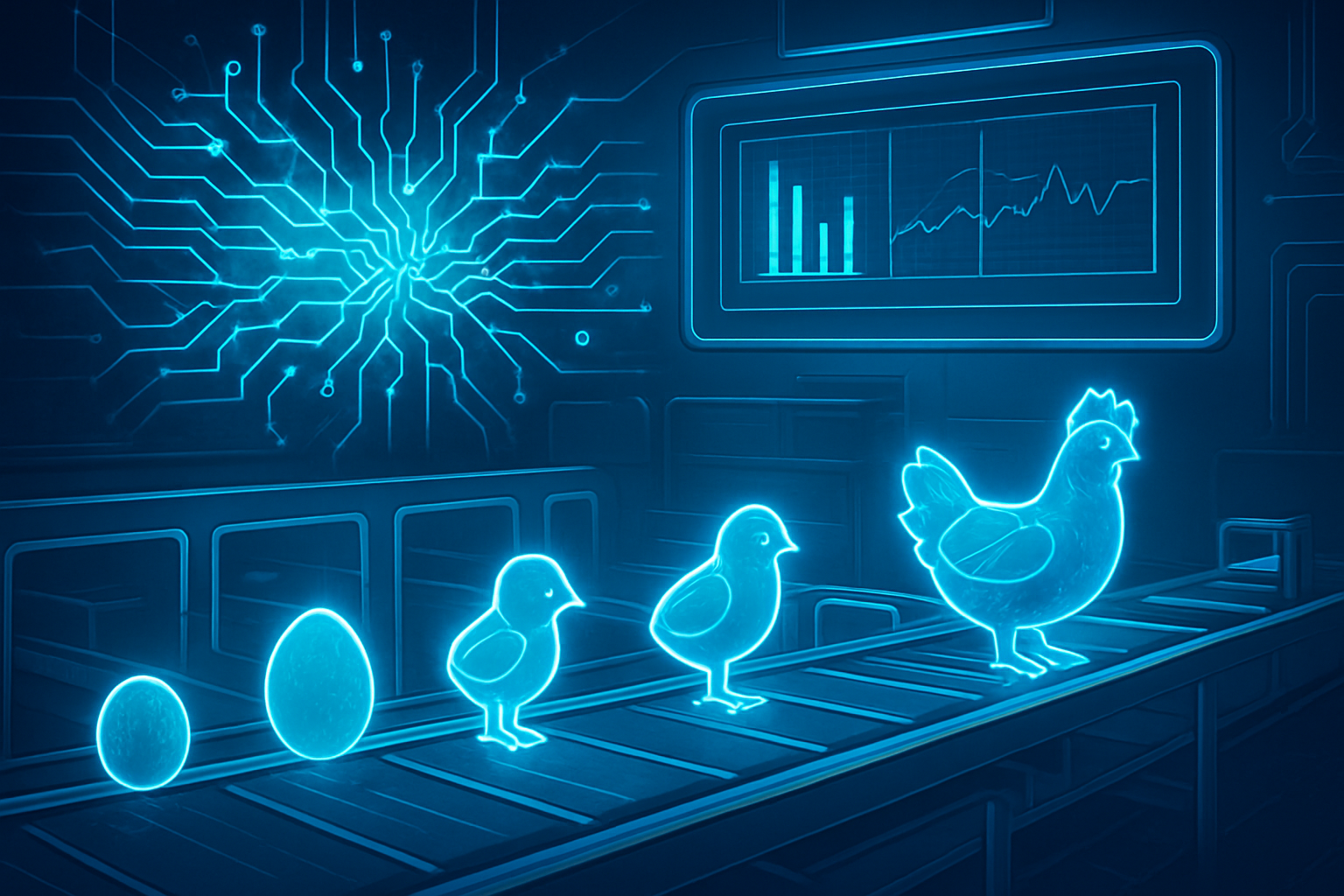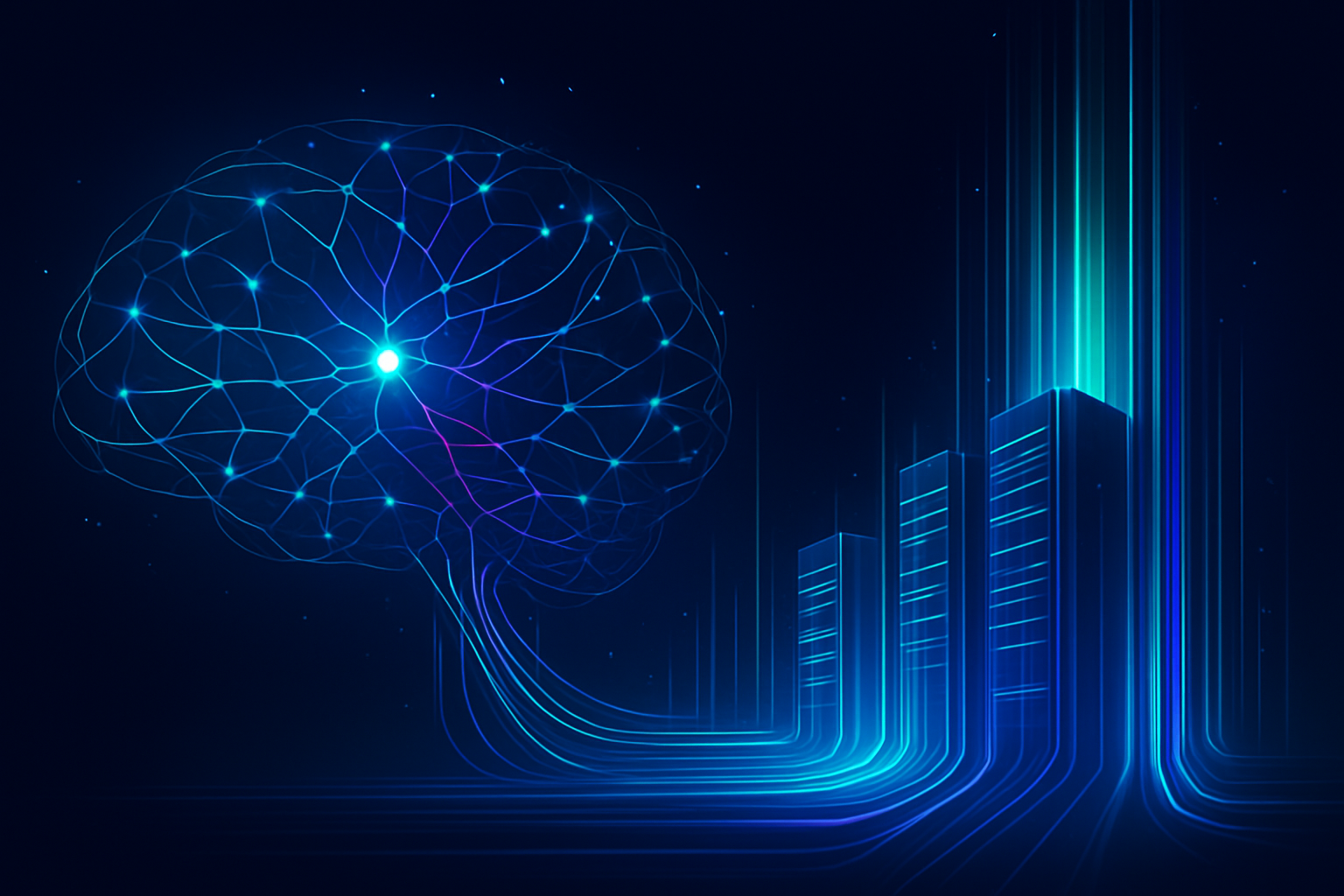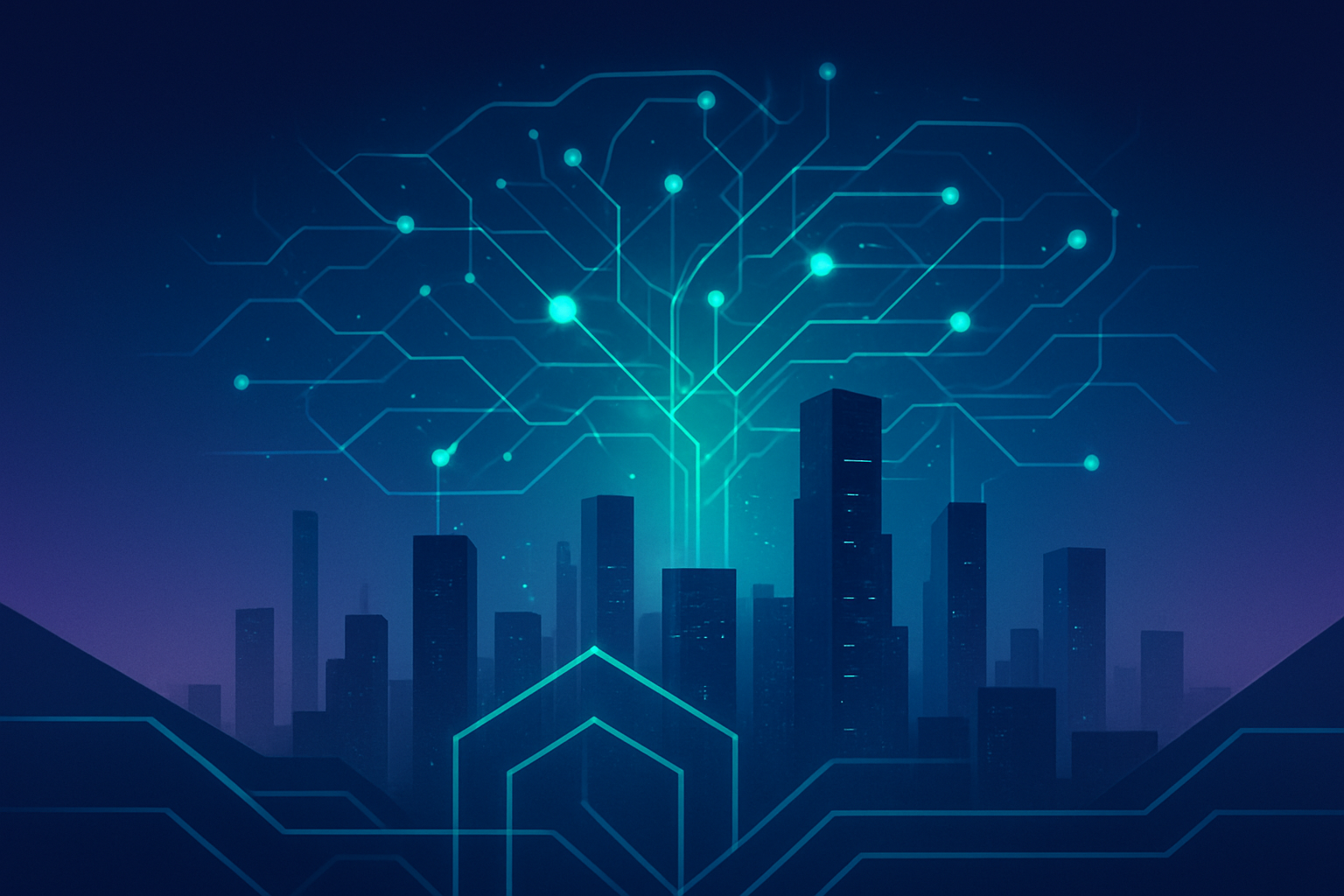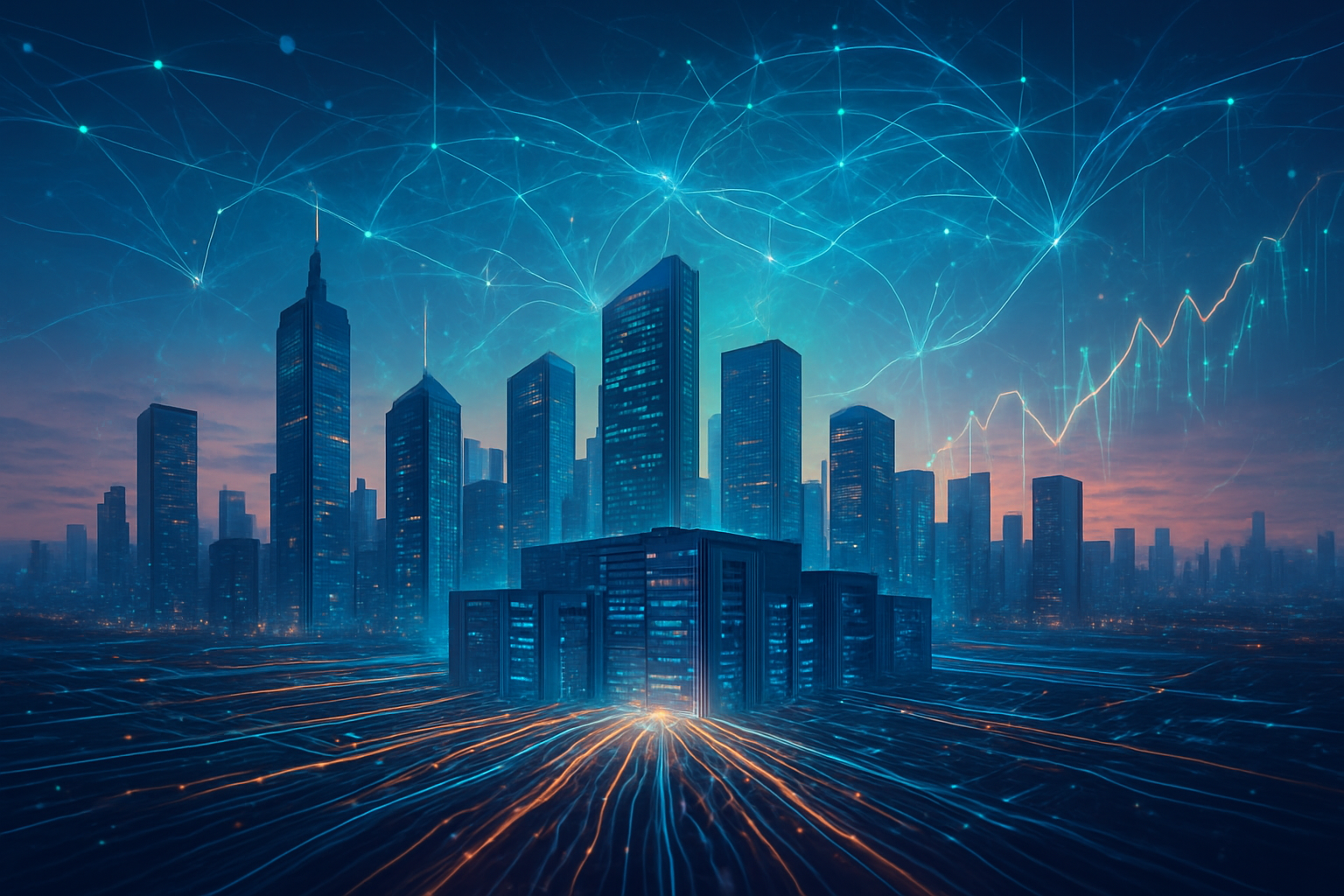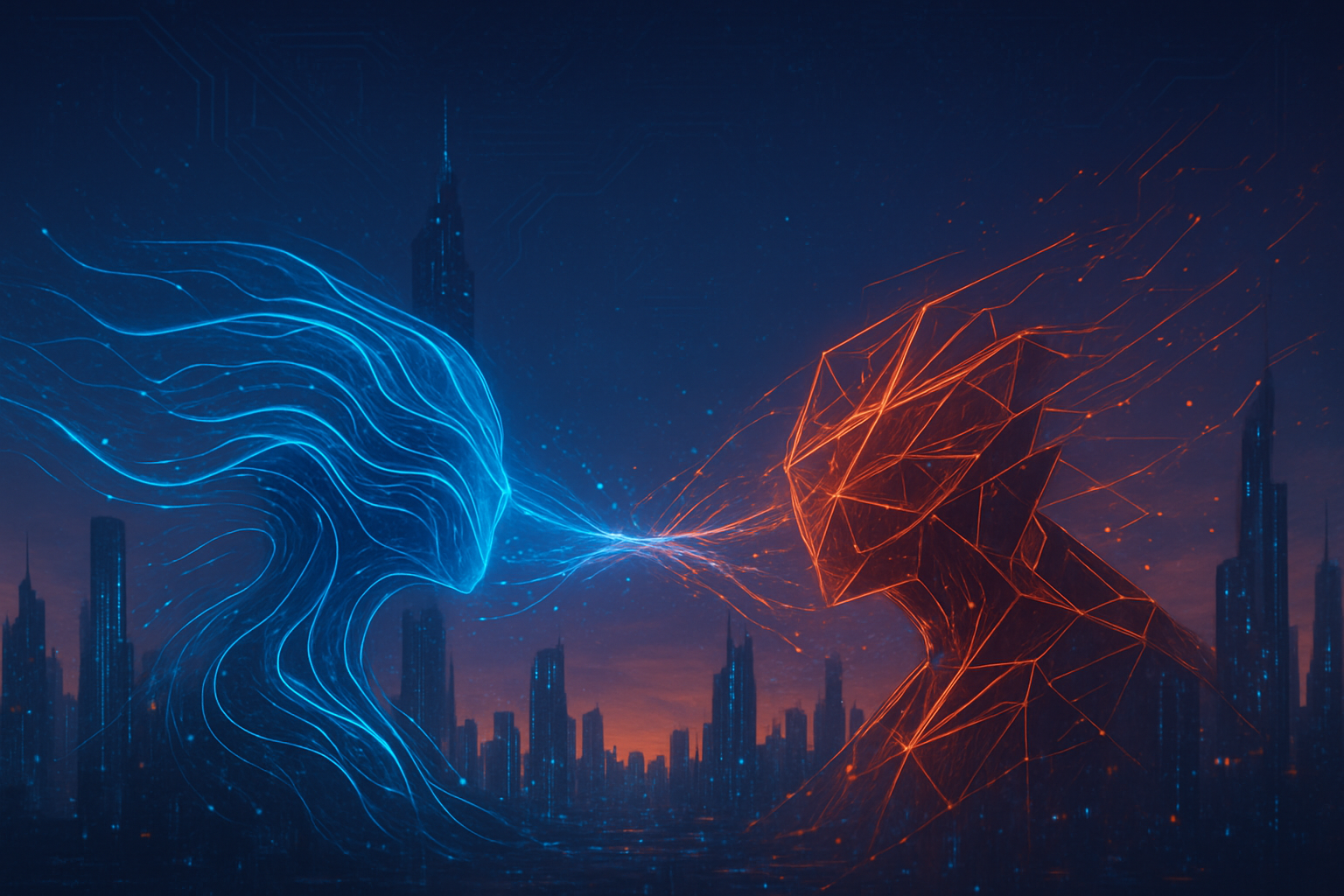In a groundbreaking leap for agricultural automation, advanced artificial intelligence and imaging technologies are rapidly transforming broiler hatcheries through automated gender sorting. This innovative approach promises to fundamentally reshape poultry production by delivering unprecedented flock uniformity, dramatically boosting processing efficiency, and significantly enhancing sustainability outcomes across the industry. As the global demand for poultry continues to rise, these AI-driven systems are emerging as a critical tool for optimizing operations and meeting environmental goals.
The immediate significance of automated gender sorting lies in its ability to address long-standing challenges in broiler farming. By precisely separating male and female chicks at an early stage, producers can implement gender-specific rearing programs tailored to the distinct nutritional needs and growth rates of each sex. This precision agriculture minimizes resource waste, improves animal welfare, and ultimately leads to a more consistent, higher-quality product, marking a pivotal moment in the integration of AI into traditional agricultural practices.
Precision Poultry: Unpacking the Technical Innovations in Automated Gender Sorting
The latest wave of AI-powered gender sorting technologies represents a significant departure from laborious and often inconsistent manual methods, leveraging high-speed imaging, machine learning, and even advanced biophysical analysis. These systems are designed to operate with exceptional speed and accuracy, processing tens of thousands of chicks or eggs per hour.
One prominent innovation in post-hatch automated sexing is TARGAN's (Private) WingScan, a system that employs high-speed imaging and artificial intelligence to identify the sex of day-old chicks based on feather characteristics. WingScan boasts an accuracy of up to 98% and an impressive throughput of up to 160,000 chicks per hour, effectively replacing less accurate and labor-intensive manual feather sexing. Similarly, Ceva Genesys (Private), launched in late 2023 and early 2024, utilizes six independent camera lanes to capture images of chick wings, separating genders with gentle air pressure at a rate of up to 50,000 chicks per hour. These systems exemplify how computer vision and AI are being deployed to automate visual inspection tasks with unparalleled precision.
Beyond post-hatch solutions, in-ovo sexing technologies are also gaining traction, allowing for gender determination before hatching. Agri Advanced Technologies (AAT) (Private), for instance, offers the "Cheggy" system, which employs hyperspectral measurement technology to analyze light spectra within the egg. This non-invasive method, commercially available in European hatcheries since 2020 and in the United States since late 2024, can process up to 25,000 hatching eggs per hour with high accuracy and no non-recyclable waste. Another cutting-edge in-ovo system, the 'Genus-Focus,' utilizes Magnetic Resonance Imaging (MRI) for high-precision, real-time sex determination at a relatively late stage of embryonic development, achieving a throughput of up to 24,000 eggs per hour. These advancements underscore a shift towards earlier, more efficient, and less invasive sorting, leveraging complex sensor data and sophisticated AI algorithms to interpret biological markers.
Initial reactions from the AI research community and industry experts have been overwhelmingly positive, highlighting the robust integration of deep learning and computer vision into a traditionally manual sector. Experts note that the consistent performance and high accuracy of these automated systems significantly outperform human operators, especially during long shifts where fatigue can compromise precision. The ability to process vast numbers of chicks or eggs rapidly and reliably is seen as a crucial step forward for an industry constantly seeking to optimize its production chain.
Market Dynamics: AI's Impact on Agricultural Tech Companies and Beyond
The rise of automated gender sorting is poised to create significant shifts in the agricultural technology landscape, particularly benefiting companies specializing in AI, robotics, and advanced imaging. Established players and innovative startups alike are vying for market share in this burgeoning sector.
Companies like TARGAN (Private), with its WingScan technology, and Ceva Santé Animale (Private), through its Ceva Genesys system, are emerging as key beneficiaries. These firms are positioned to capture a substantial segment of the hatchery automation market by offering solutions that directly address critical industry needs for efficiency and sustainability. Their success hinges on the scalability and reliability of their AI-driven platforms, which are becoming indispensable for modern poultry operations. Similarly, Agri Advanced Technologies (AAT) (Private) is making significant inroads with its in-ovo Cheggy system, demonstrating the value of early-stage gender determination.
The competitive implications for major AI labs and tech companies extend beyond direct involvement in poultry. The underlying AI and machine learning frameworks developed by tech giants like Google (NASDAQ: GOOGL), Microsoft (NASDAQ: MSFT), and Amazon (NASDAQ: AMZN) could find broader application in agricultural automation. Their expertise in computer vision, data analytics, and scalable cloud infrastructure provides a foundational layer upon which specialized agricultural AI solutions are built. This creates opportunities for partnerships and integrations, where agricultural tech companies leverage generic AI platforms to develop industry-specific applications.
This development also poses a potential disruption to existing products and services that rely on manual labor or less efficient sorting methods. Hatchery equipment manufacturers that do not integrate AI-driven automation may find their offerings becoming obsolete. Furthermore, the increased demand for specialized AI talent in agriculture could lead to a shift in human capital, drawing AI experts into this niche but rapidly growing field. Companies that can effectively position themselves at the intersection of AI innovation and agricultural expertise will gain significant strategic advantages and market leadership.
Broadening Horizons: The Wider Significance of AI in Poultry Production
The advent of automated gender sorting in broiler hatcheries is more than just an operational upgrade; it represents a significant milestone in the broader integration of AI into traditional industries, with profound implications for sustainability, animal welfare, and economic viability. This advancement fits squarely into the trend of precision agriculture, where data-driven insights and automation optimize every stage of the food production process.
From a sustainability perspective, the impact is substantial. Gender-specific nutrition programs, enabled by accurate sorting, lead to a significant reduction in feed waste. For instance, females require approximately 2% less protein than males, and tailoring their diets separately minimizes unnecessary protein consumption. Given that feed accounts for roughly 68% of chicken production's carbon footprint, these optimizations translate into a tangible reduction in environmental impact. This aligns with global efforts to make food systems more sustainable and resource-efficient, showcasing AI's role in addressing climate change challenges within agriculture.
Moreover, the technology offers considerable improvements in animal welfare. Automated systems reduce the handling stress and wing damage often associated with manual sexing. Chicks sorted automatically tend to reach food and water faster on the farm, contributing to lower seven-day mortality rates, with documented reductions of 0.2-0.5%. This holistic approach not only enhances growth rates and lowers feed costs but also improves the overall well-being of the birds, addressing ethical concerns that have long been a focal point for consumers and advocacy groups.
Comparisons to previous AI milestones reveal a consistent pattern: AI's ability to automate complex, repetitive, and data-intensive tasks with superior accuracy and speed. While not as publicly flashy as breakthroughs in natural language processing or autonomous vehicles, the application of AI in agricultural automation—especially in areas like gender sorting—demonstrates its pervasive and transformative power across diverse sectors. It underscores AI's capacity to optimize resource allocation, reduce waste, and improve ethical practices in industries critical to global food security.
The Road Ahead: Future Developments in Automated Poultry Sorting
Looking to the future, the trajectory of automated gender sorting in broiler hatcheries is marked by continuous refinement, increased integration, and the exploration of even earlier detection methods. Experts predict a rapid evolution in the precision, speed, and versatility of these AI-driven systems.
Expected near-term developments include further enhancements in accuracy and throughput for both post-hatch and in-ovo sorting technologies. Machine learning models will become more sophisticated, capable of discerning subtle biological markers with greater reliability. There will also be a push towards more compact and energy-efficient sorting machines, making them accessible to a wider range of hatcheries, including smaller operations. Integration with other hatchery automation systems, such as vaccination and counting equipment, will create seamless, end-to-end automated workflows.
On the horizon, potential applications and use cases extend beyond gender sorting to include the early detection of health issues, genetic predispositions, and even specific desirable traits within chicks or embryos. Imagine AI systems analyzing eggs to predict disease susceptibility or growth potential, allowing for even more targeted and efficient rearing. Research is already exploring the use of machine learning to analyze images of eggs during early incubation to determine both fertilization status and sex, hinting at a future where comprehensive embryonic assessment is routine.
However, challenges remain. The initial investment cost for these advanced systems can be substantial, posing a barrier for some producers. Ensuring the robustness and adaptability of AI models to varying environmental conditions and different broiler breeds will also be crucial. Furthermore, ethical considerations surrounding the widespread use of AI in animal agriculture, including data privacy and the potential impact on labor, will need continuous discussion and regulation. Experts predict that the next few years will see a focus on overcoming these integration and cost barriers, alongside a deeper exploration of multi-modal AI for comprehensive chick and embryo analysis.
A New Era for Poultry: Wrapping Up AI's Transformative Impact
The advent of automated gender sorting in broiler hatcheries marks a pivotal moment in the history of agricultural AI. By leveraging cutting-edge machine learning, computer vision, and advanced sensing technologies, the poultry industry is undergoing a profound transformation towards greater efficiency, enhanced sustainability, and improved animal welfare. The key takeaways are clear: AI is enabling unprecedented flock uniformity, drastically increasing processing efficiency, and significantly reducing the environmental footprint of poultry production through optimized resource utilization.
This development is not merely an incremental improvement but a foundational shift, underscoring AI's potent capability to revolutionize traditional sectors. It stands as a testament to how intelligent automation can address complex biological and logistical challenges, offering solutions that were once considered unattainable. The integration of systems like TARGAN's WingScan, Ceva Genesys, and AAT's Cheggy into global hatcheries signifies a new era where precision and data-driven decisions are at the heart of food production.
The long-term impact of this technology will likely extend beyond the immediate benefits, influencing breeding programs, supply chain management, and consumer expectations for sustainably produced poultry. As AI continues to mature, its role in creating more resilient, ethical, and efficient food systems will only grow. In the coming weeks and months, industry watchers should observe the accelerating adoption rates of these technologies, the emergence of new players in the agricultural AI space, and further advancements in early-stage detection and comprehensive chick health monitoring. The journey of AI in agriculture has just begun, and its trajectory promises a future of smarter, more sustainable food for all.
This content is intended for informational purposes only and represents analysis of current AI developments.
TokenRing AI delivers enterprise-grade solutions for multi-agent AI workflow orchestration, AI-powered development tools, and seamless remote collaboration platforms.
For more information, visit https://www.tokenring.ai/.
